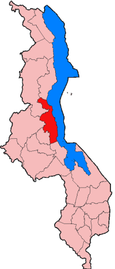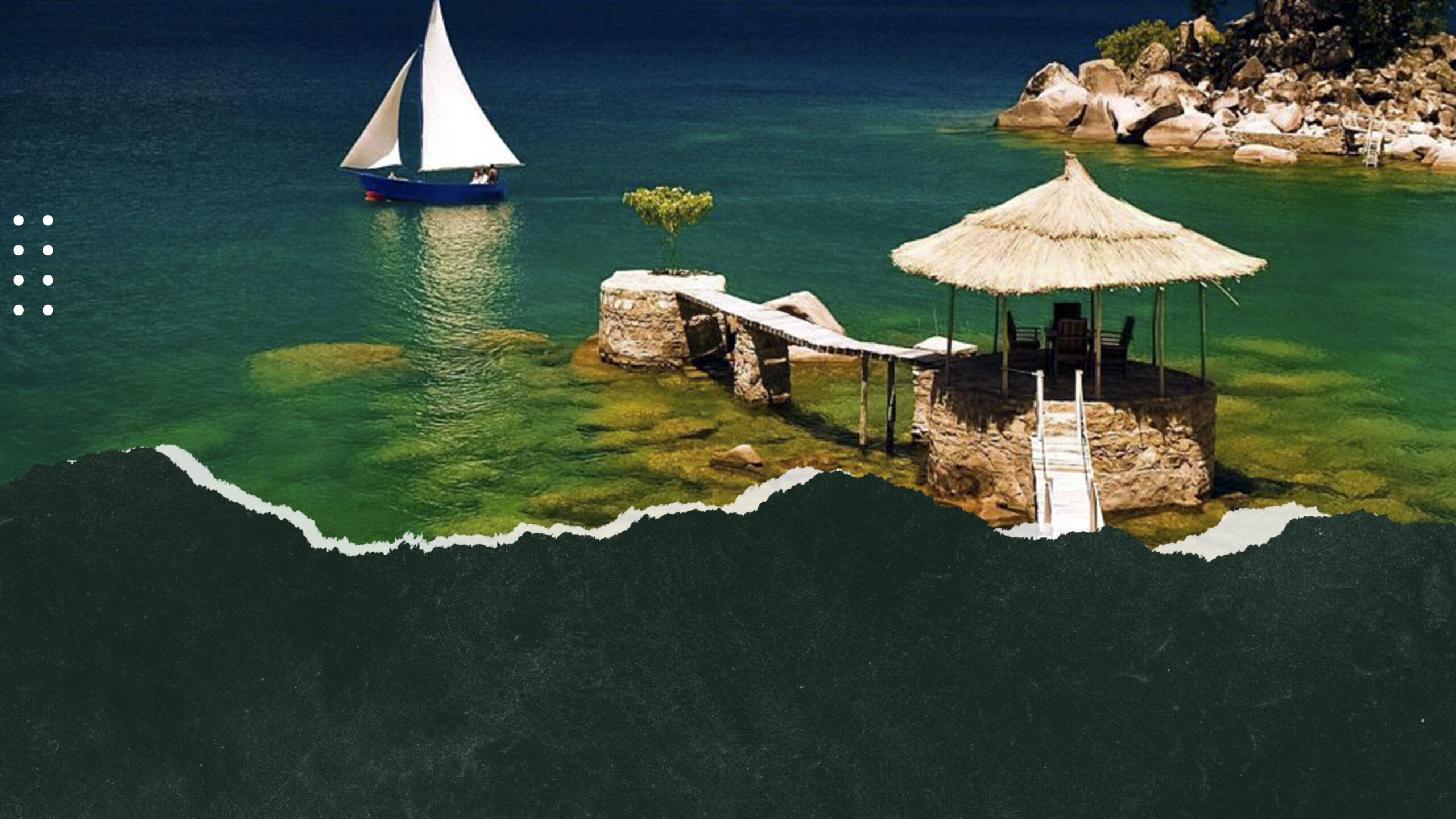DISTRICTS - CENTRAL - NKHOTAKOTA
- DISTRICTS
- NORTH – CHITIPA
- NORTH – KARONGA
- NORTH – LIKOMA
- NORTH – MZIMBA
- NORTH – MZUZU
- NORTH – NKHATA BAY
- NORTH – RUMPHI
- CENTRAL – DEDZA
- CENTRAL – DOWA
- CENTRAL – KASUNGU
- CENTRAL- LILONGWE
- CENTRAL-MCHINJI
- CENTRAL – NKHOTAKOTA
- CENTRAL – NTCHEU
- CENTRAL – NTCHISI
- CENTRAL – NTCHISI
- CENTRAL – SALIMA
- SOUTH – BALAKA
- SOUTH – BLANTYRE
- SOUTH – CHIKWAWA
- SOUTH – CHIRADZULA
- SOUTH – MACHINGA
- SOUTH – MANGOCHI
- SOUTH – MULANJE
- SOUTH – MWANZA
- SOUTH – NSANJE
- SOUTH – THYOLO
- SOUTH – PHOLOMBE
- SOUTH – ZOMBA
- SOUTH – NENO

It is also an important transport hub, serviced by the MV Ilala and situated at the strategic intersection of the lakeshore M5 and the M18 to Lilongwe and Kasungu.
Like many other settlements in Malawi, Nkhotakota is a town of two halves. The older quarter, set close to the lakeshore, is studded with relicts of its infamous past, and it retains a strong and ancient Islamic presence, despite housing the old mission church. The main commercial centre of Nkhotakota, which straddles the M5 about 1km further inland, is the site of several lodges, banks and supermarkets, as well as the post office, new market and internet facilities. A tree shaded avenue, planted in the slacing era, connects the m5 to the old quarter, from where a rougher dirt road leads for 1km to the ferry jetty used by the MV Ilala.
Nkhotakota lies the surfaced and well-maintained M5 about 200km south of Nkhata bay and 110km north of Salima. It is connected to Kasungu, 125km to the west, by the recently surfaced M18, which also forms part of the most direct route to Lilongwe 200km run along the M7 via Ntchisi, of which only the 30km stretch immediately north of Ntchisi is unsurfaced. There is plenty of public transport in all directions: all buses between Nkhata Bay and Salima, stop at Nkhotakota, and there are regular minibuses to Chintheche, Salima, Kasungu and Ntchisi (where you can change for Lilongwe). Nkhotakota is the last port of call for northbound lake steamers before they cross to Likoma Island.




